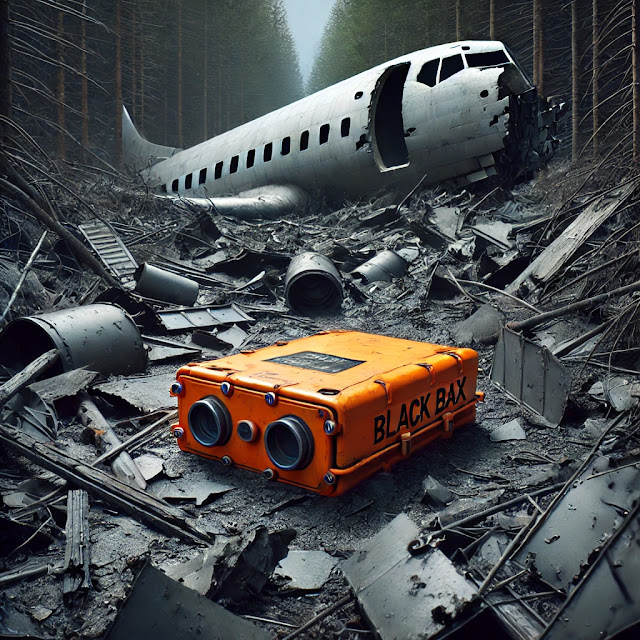The Black Box Mystery: Why It’s Actually Orange
When we hear the term "black box," we often think of a mysterious, indestructible device that records vital information about an aircraft's flight. But here’s a surprising fact—despite its name, a black box is not black at all! Instead, it’s painted bright orange. This puzzling contradiction has an interesting history and a critical purpose.
The True Purpose of a Black Box
A black box, officially known as a flight data recorder (FDR) and cockpit voice recorder (CVR), is an essential device in aviation. It stores crucial flight information, such as altitude, speed, direction, and conversations between pilots. In the event of an accident, investigators rely on black boxes to understand what went wrong.
Why Is It Called a Black Box?
The term "black box" originated in the early days of aviation technology. The first flight recorders, developed in the 1940s and 1950s, were often encased in dark, non-reflective materials. Over time, the phrase "black box" became a common way to describe any device that records information in a hidden or complex manner.
However, as technology advanced and safety became a priority, the appearance of these recorders changed significantly. Today, instead of being black, they are painted in a bright, eye-catching orange color.
The Reason Behind the Orange Color
The vibrant orange color, officially called "international orange," serves a critical function—visibility. After a plane crash, the wreckage is often scattered across vast areas, whether in dense forests, open oceans, or snowy mountains. The bright orange color makes it easier for search and rescue teams to locate the black box amid debris.
Another important feature of black boxes is the underwater locator beacon. This device emits signals for about 30 days when submerged, helping recovery teams find it even in deep waters.
How Durable Is a Black Box?
Black boxes are designed to withstand extreme conditions. They can endure temperatures up to 1,100°C (2,012°F) for an hour and pressures found at depths of 20,000 feet underwater. They are also tested to survive powerful impacts, ensuring that critical flight data is preserved.
The Future of Black Boxes
With advancements in technology, researchers are exploring new ways to make flight data even more accessible. Some airlines are considering real-time data streaming, which could send flight information to ground stations instantly, reducing the need to recover physical black boxes.
Despite its misleading name, the black box is one of aviation’s most vital safety tools. Its bright orange color plays a crucial role in making it easier to locate after accidents, ultimately helping investigators uncover the truth behind aviation incidents. So, the next time you hear about a black box, you’ll know the real reason why it’s not black—it’s orange for safety!




Comments
Post a Comment